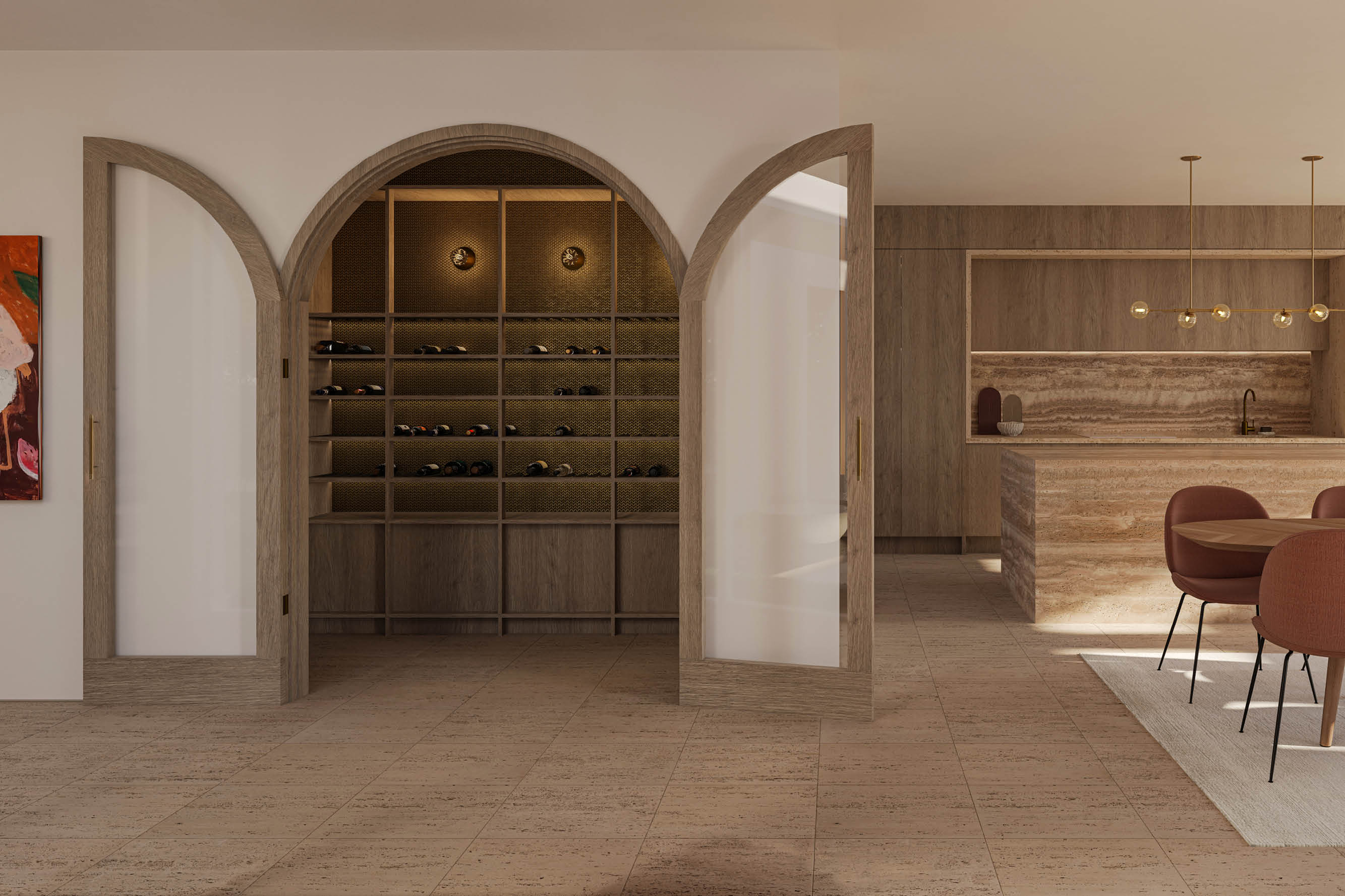The Art of Balancing Dreams and Budget
Building a custom home is a deeply personal and emotional journey that allows you to shape every nook and cranny according to your unique vision.
From envisioning the perfect kitchen layout to selecting the ideal colour palette for your living room, it's an exciting process to turn your dreams into reality. Yet, amidst the excitement of designing your dream home, there exists a crucial challenge that can make or break your experience: aligning your budget with your aspirations.
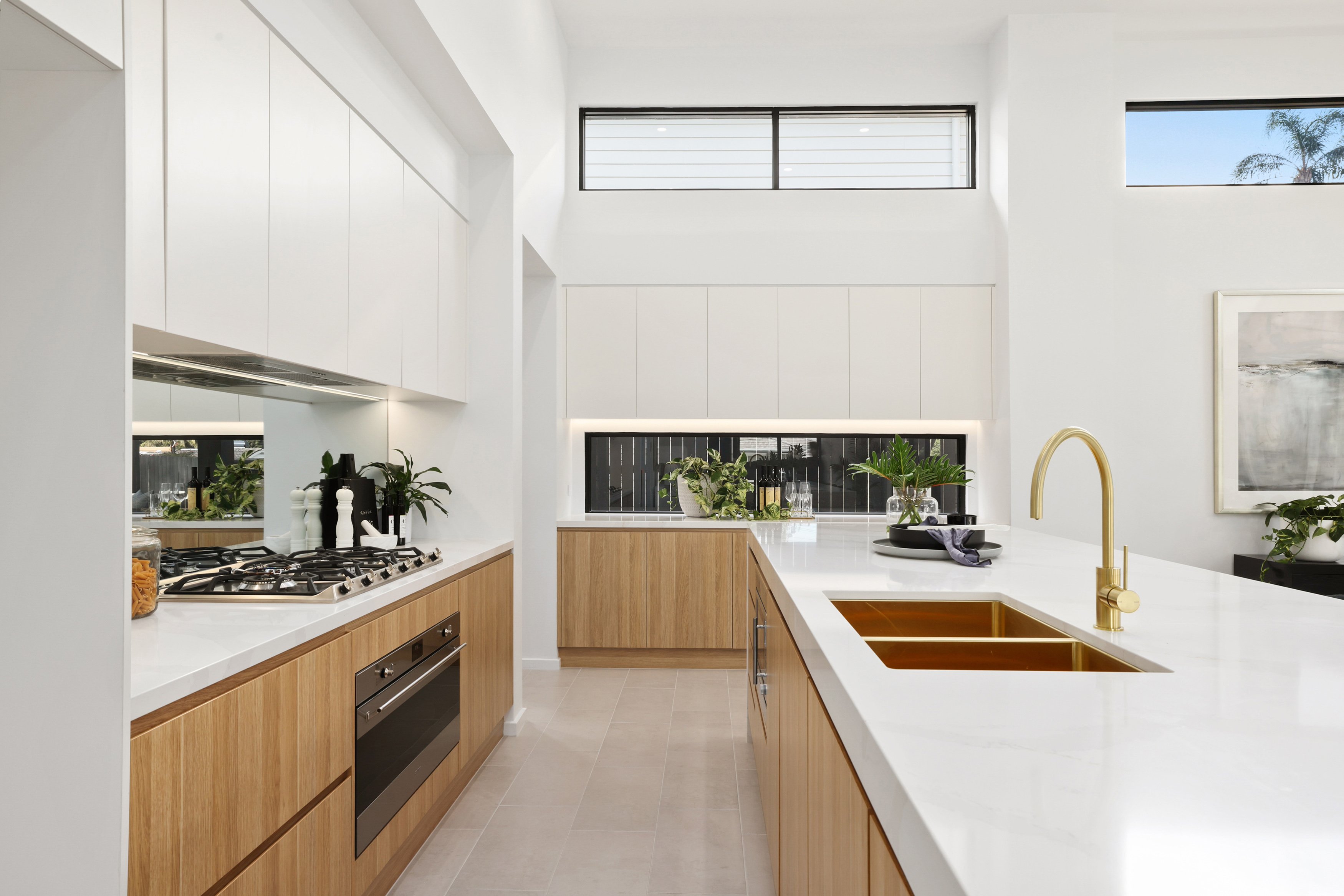
The allure of a custom home lies in its potential to reflect your personality and aspirations. However, this path is not without its complexities, especially when it comes to financial considerations. Discovering that certain elements you've set your heart on are financially out of reach can be a bitter pill to swallow. The key to navigating this delicate balance lies in having a clear understanding of your financial boundaries and thorough preparation early in the process, before you move into the design phase of your journey and before you meet your interior designer.
Striking a Harmonious Balance
To avoid the disappointment of realising that certain features are out of your financial reach, it's essential to be well-prepared and have a clear understanding of what you can afford.
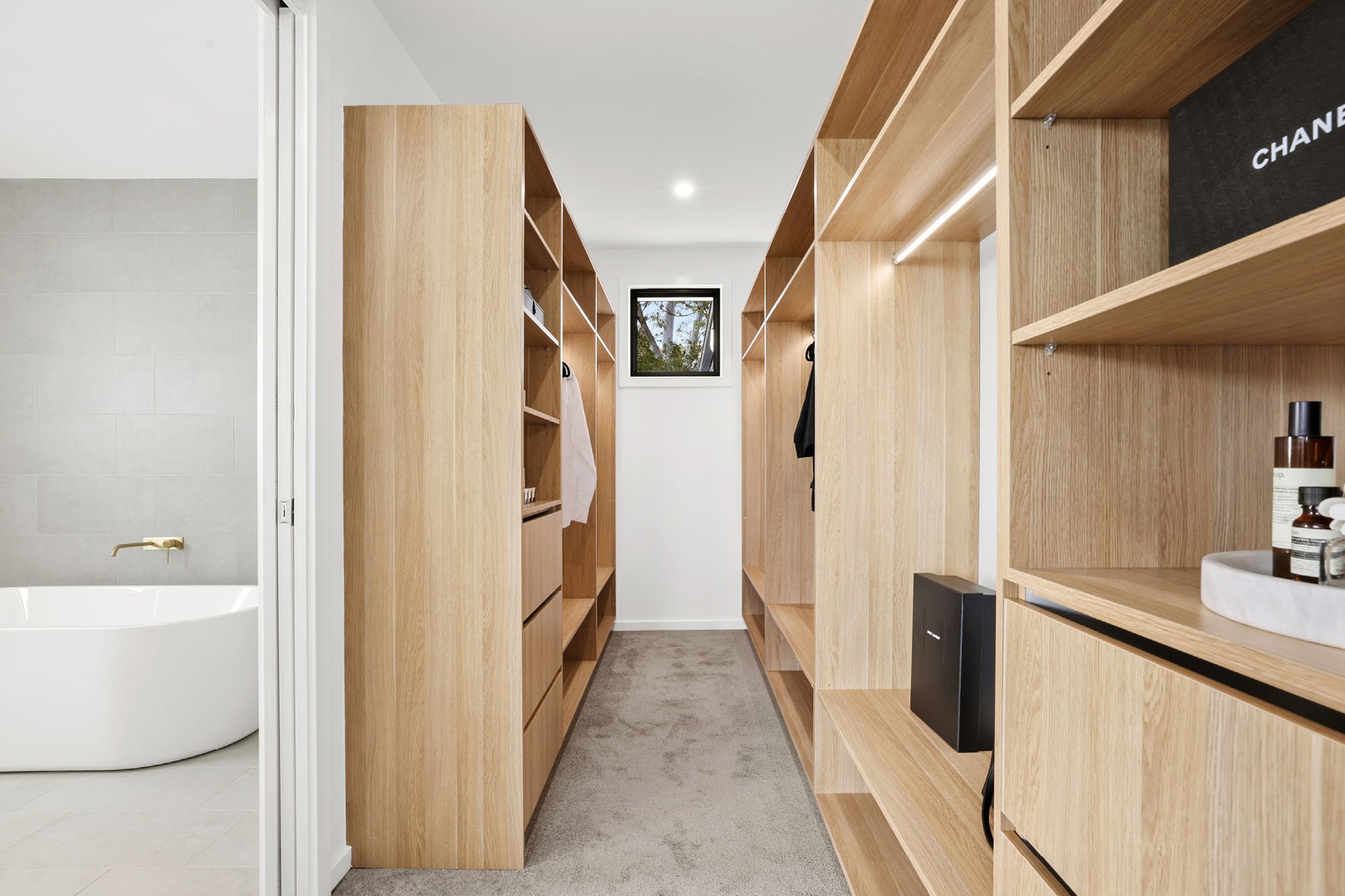
1. Set Realistic Expectations
One of the first steps in aligning your budget with your aspirations is setting realistic expectations. It's easy to get carried away with grand ideas and extravagant features, but it's important to remember that every addition outside your inclusions comes with a cost. Prioritise your must-have features such as things like:
-
Views and natural light
-
Level of finishes
-
Windows
-
Energy efficiency
-
Soundproofing
-
Outdoor Kitchen
-
Storage
-
Large bedrooms
-
Mudroom
and make a list of secondary desires
-
Custom joinery to the kitchen, living areas, walk-in-robe
-
Marble kitchen island benchtop
-
Timber flooring to the ground and first floor
-
Wine cellar
-
Workshop
This will help you allocate your budget more effectively, focusing on what truly matters to you.
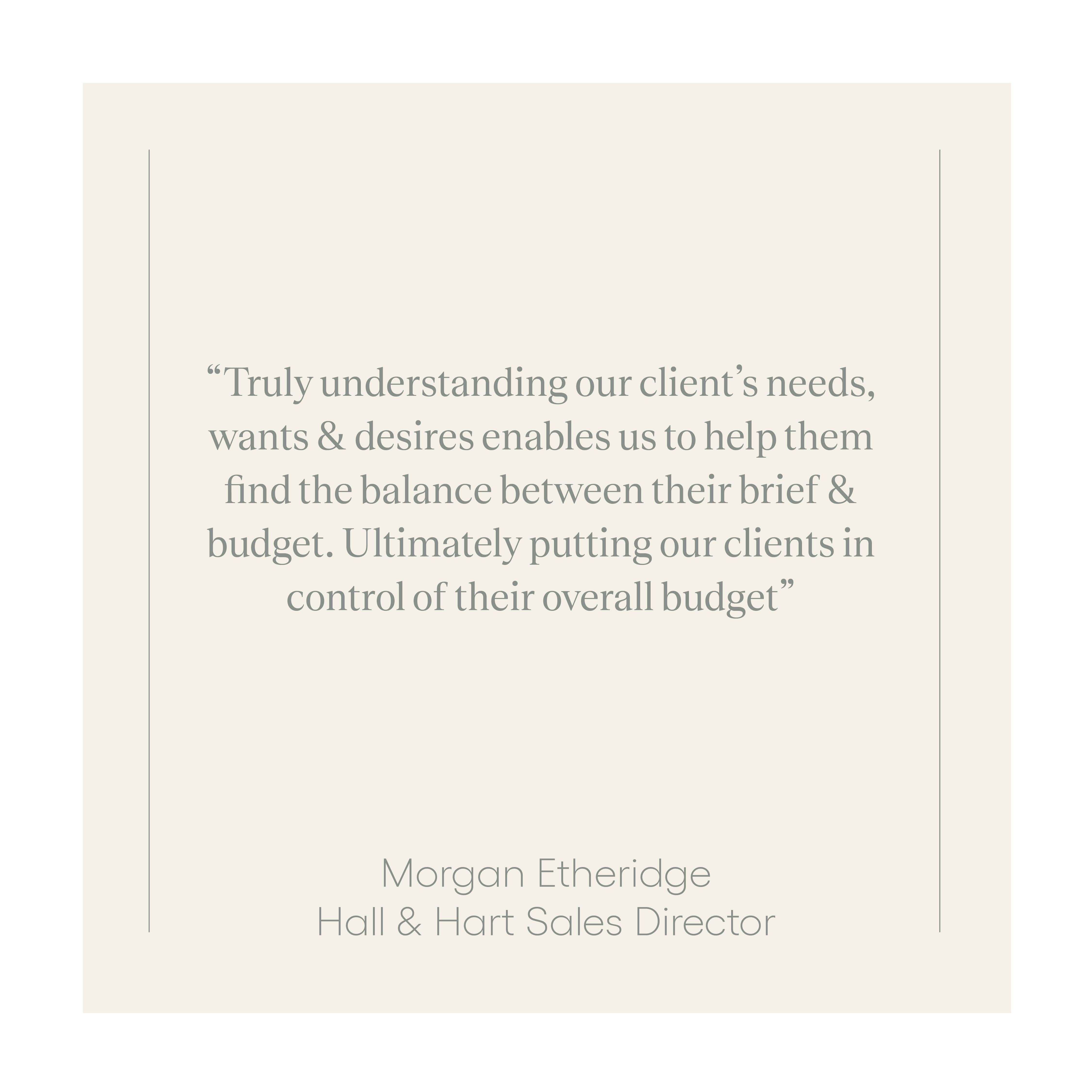
2. Define Your Priorities
Before embarking on your custom home-building journey, it's vital to establish a clear list of core priorities that will shape your project
-
Do you value energy efficiency, outdoor living spaces, or high-end finishes?
-
Would you prioritise creating a state-of-the-art chef’s kitchen complete with integrated appliances and a marble stone island? Keep in mind that this choice might mean forgoing the option to upgrade the master ensuite with a marble vanity.
-
Is the allure of luxurious finishes from hardwood floors to elegant lighting fixtures a priority for you?
Having a clear list of priorities will help you allocate your budget where it matters most to you. This way, you won't be disappointed when you realise for e.g that increasing your ceiling height might mean a higher heating bill for years to come.
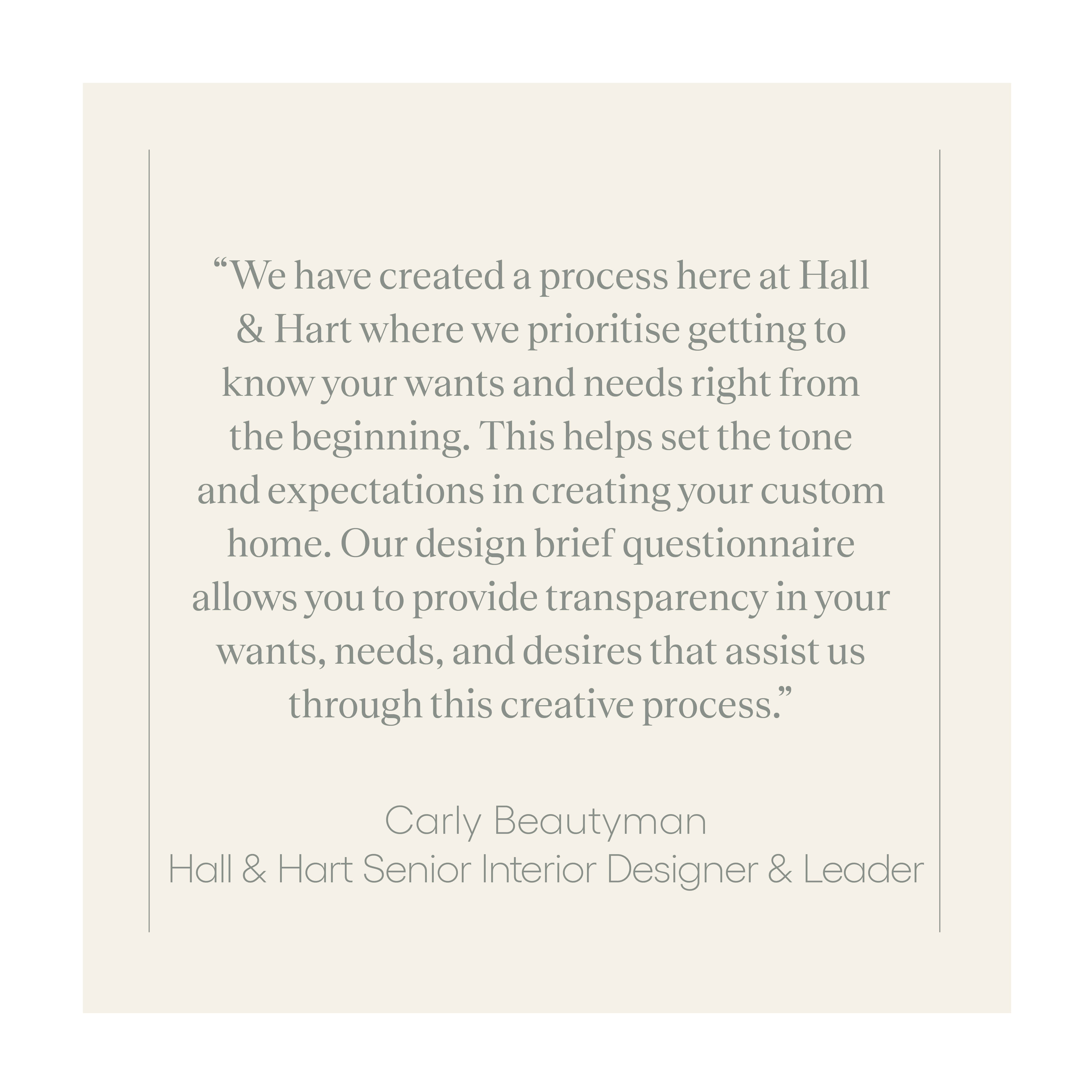
3. Create a Detailed Budget
Creating a comprehensive budget is a crucial step in aligning your aspirations with your financial capacity. As you move through the dreaming phase of visiting display homes, researching online, reading online forums, creating Pinterest boards and talking to family and friends about their recent builds you eventually fall in love with a home design that you could see yourself living in – so it’s good to know that you will be able to afford it!
When it comes time to a knockdown and rebuild there are a lot of questions about how much it is going to cost. From demolition costs, site costs and ultimately your new home building costs.
The costs to knockdown and rebuild your home is not a one size fits all. We highly recommend not comparing the costs of someone's build to yours - this is an unrealistic approach to a knockdown rebuild project.
This will be your personal journey where your site, design, and personal requirements will differ. Consult with architects, builders, and financial advisors to get a realistic estimate of the total costs involved.
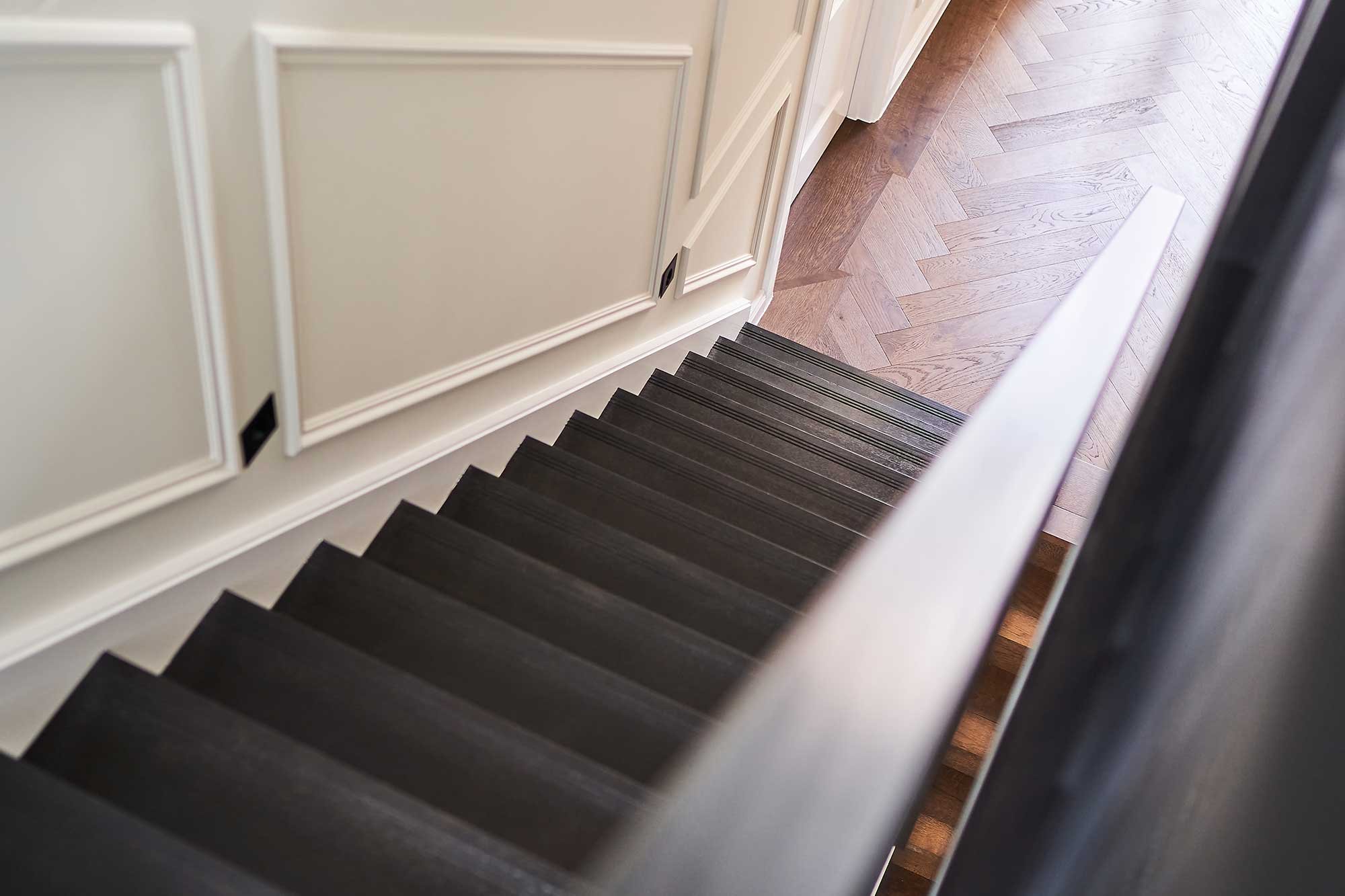
4. Research and Educate Yourself
Knowledge is power when it comes to home-building. Carly says, "Through your journey, your interior designer will provide you with suggestions that align with your budget based on your design brief. We will work with you through your selection process and assist you with ways you can achieve your desired look with our quality inclusions.”
5. Consult Professionals
Building a custom home requires a team of experts, including architects, builders, and financial advisors. Regular communication with your team is essential to ensure that your budget aligns with your aspirations. Professionals can guide you through cost-saving measures and help you make informed decisions that balance aesthetics and finances.
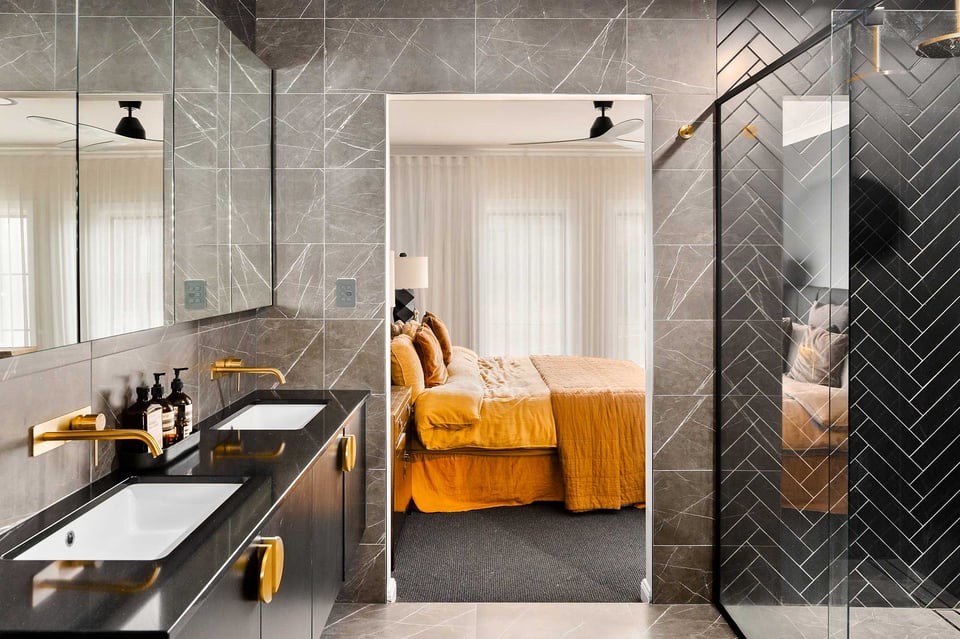
6. Plan for Contingencies
No matter how well you plan, unexpected expenses can arise. It's wise to allocate a contingency fund to cover any unforeseen costs. This cushion will provide peace of mind and prevent your budget from being stretched beyond its limits.
Morgan reassures, “Given our focus on custom Knock Down Re-Build projects at Hall & Hart, we have an innate understanding of the intricacies in certain council areas and common challenges which may be encountered. When preparing an initial project budget with our clients providing budget for known site works or requirements is common sense, allowing contingency for potential challenges yet to be encountered is critical.
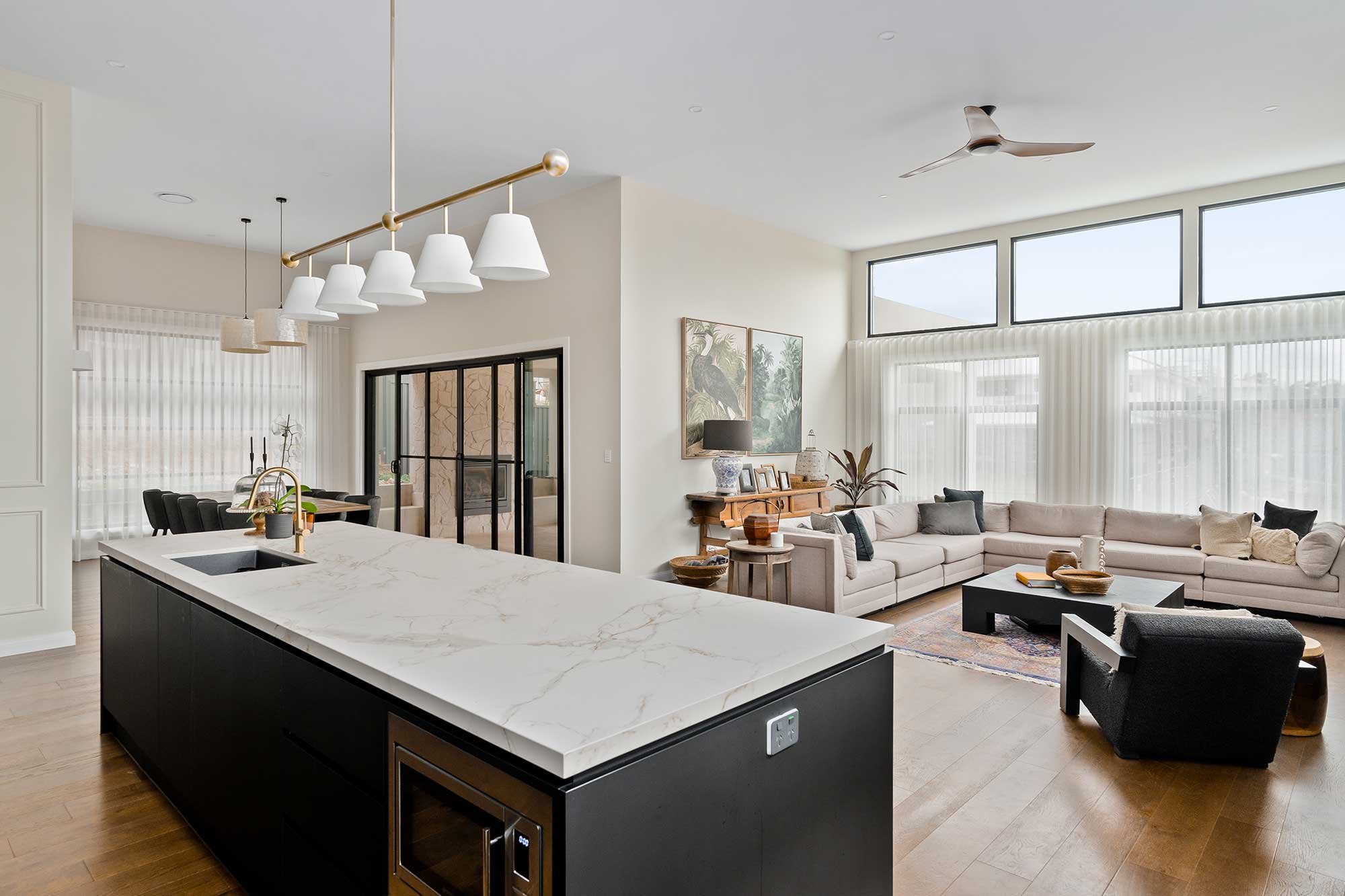
7. Prioritise Quality Over Quantity
It's easy to get caught up in adding more rooms or features to your home, but remember that quality often outweighs quantity. The notion that a larger house is superior to a smaller one with superior, finely-crafted finishes may not always hold true.
Invest in high-quality materials and finishes for the areas that matter most to you. A few well-chosen, well-executed elements can have a more significant impact than spreading your budget thin across numerous features.
Carly adds, “When considering what finishes & products you want in your home, you should always consider quality over quantity. Quality items are built to last which is why they are generally considered more expensive. Ensuring you invest in quality items for your home will save you money in the long run.”
Designing and building a custom home that aligns with your aspirations while staying within budget requires careful planning, realistic expectations, and open communication with professionals. By setting priorities, creating a detailed budget, and staying educated about costs, you can create a beautiful and functional home that reflects your dreams while avoiding the disappointment of exceeding your financial limits. Remember, a well-prepared approach will lead to a more satisfying and successful custom home-building experience.


